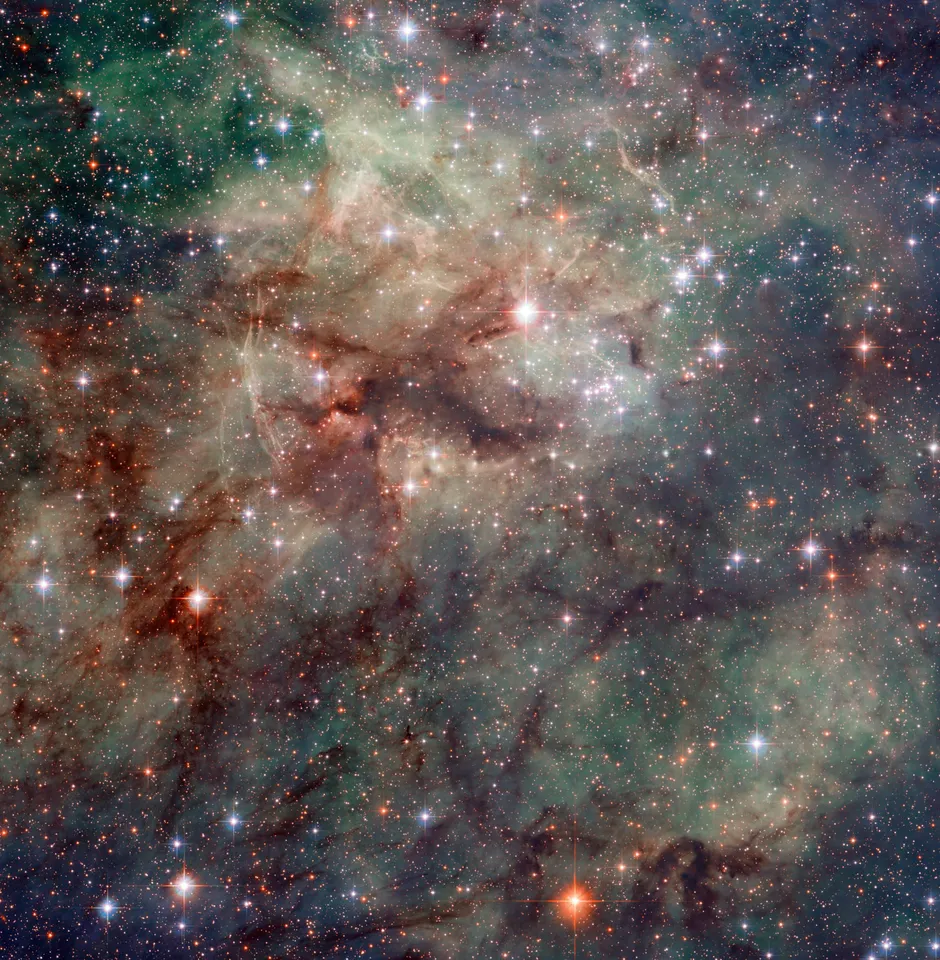Putting the universe into perspective

But before we blast off into the cosmic deep end, let me give you fair warning. This journey is going to mess with your head in ways you’re not prepared for. The numbers we’re dealing with are so large that mathematicians had to invent new ways to write them down. The concepts are so bizarre that they sound like science fiction, except they’re not. They’re the cold, hard reality of the universe we actually live in. So, if you’ve ever wondered just how insignificant you really are, or if you want to experience what it feels like to have your entire world view completely demolished and rebuilt, then stick around because what you’re about to learn will change how you see everything forever.
Boring Science
How BIG is the universe, anyway?
Have you ever pondered the night sky? Have you ever asked yourself any of the following questions?
- How far is Andromeda, our nearest galaxy?
- How many stars are in the visible night sky?
- How long would it take to reach Alpha Centauri, our nearest star?
- How big is the universe?
Well, you’re not alone. Since the beginning of early human history, men and women have looked to the skies with awe, wonder and abject curiosity. Of course, they had no idea that the sun was just another star in the sky, each with their own planets orbiting them. However, despite the fact that we now know much of the science that governs the heavens, we are still infants as far as the universe if concerned.
It’s become easier to grasp the distance between the Earth and its moon (an average of 238,855 miles or 384,400 kilometers). That means 30 Earth-sized planets could fit in between us and our orbiting satellite. The last flight to the moon (Apollo 17) took 86 hours and 14 minutes to reach our nearest neighbor.
What about the closest star system, Alpha Centauri? Flying at the speed of Apollo 17 (approximately an average 25,000 mph) that’s a whopping 7,300 years! However, if it was possible to travel at the speed of light (approximately 1 billion kilometres per hour or 700 million mph) it would take you approximately 4.37 years to reach our nearest neighbor, Alpha Centauri. Quite a shortened timeframe, but according to Einstein, attaining that speed is not possible because there’s a universal speed limit!
A light-year is a unit of distance, not time, equal to the distance light travels in one year, which is about 5.88 trillion miles (9.46 trillion kilometers).
Here are some other mind-boggling facts
Our Milky Way Galaxy consists of 200-400 billion stars and is 100,000 light-years across according to the latest statistics but is only one of an estimate 2 trillion galaxies in the observable universe. Early estimates were around 100 billion, but recent data from telescopes like the Hubble Space and the James Webb Space Telescopes suggest that most galaxies are much smaller and fainter, leading to a significantly higher count.
There are more stars in the universe than grains of sand on all the beaches on Earth – at least a billion trillion!
The Earth is tiny in comparison with the rest of the universe – it could fit into the Sun 1.3 million times. How small do you feel now?
The universe is approximately 13.8 billion years old. Not feeling so old anymore?
